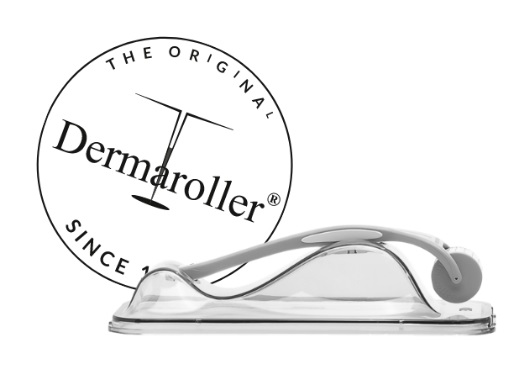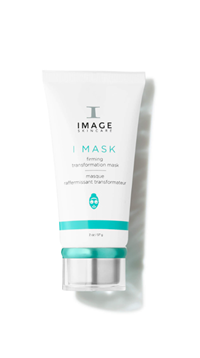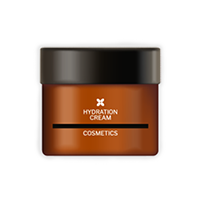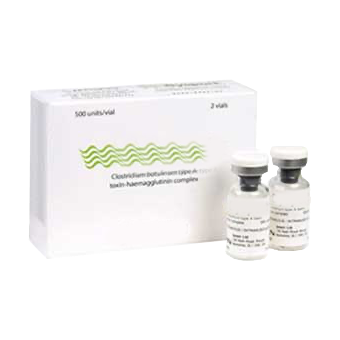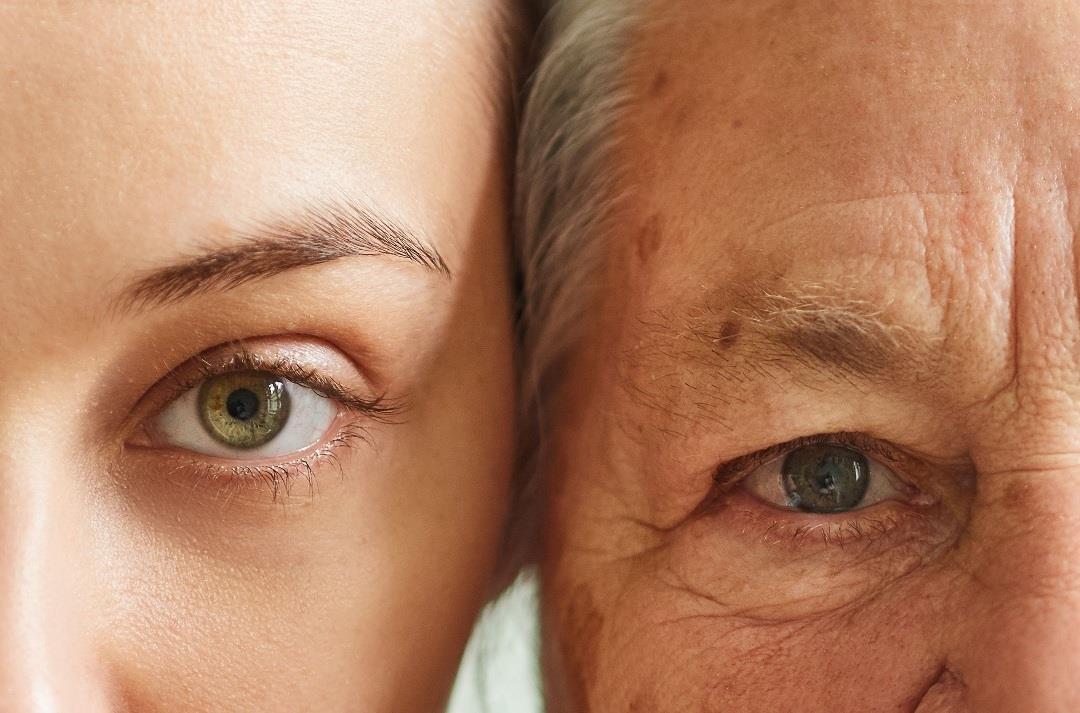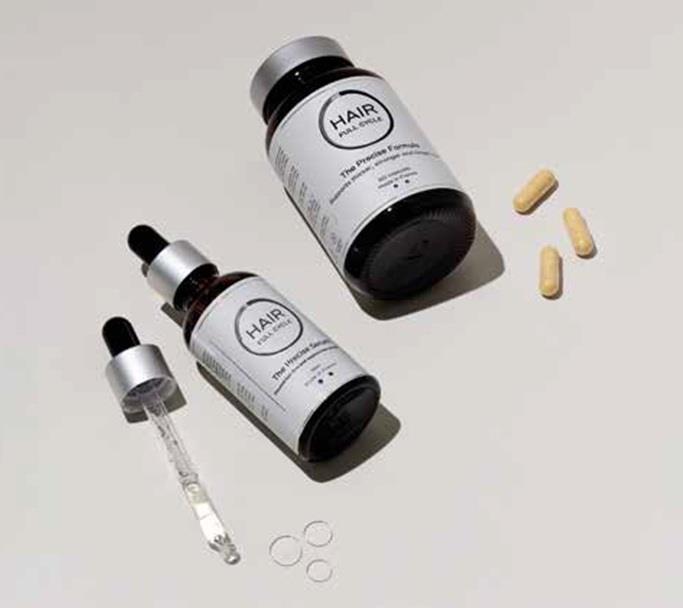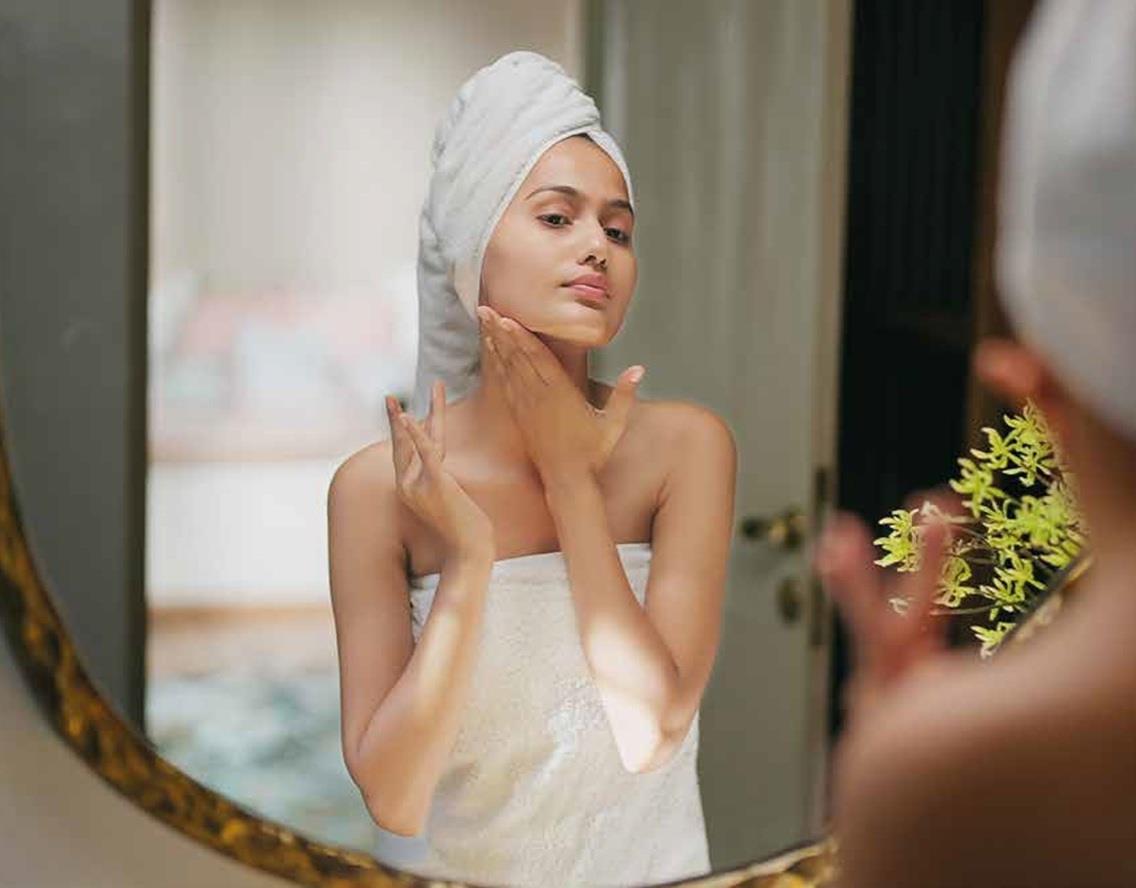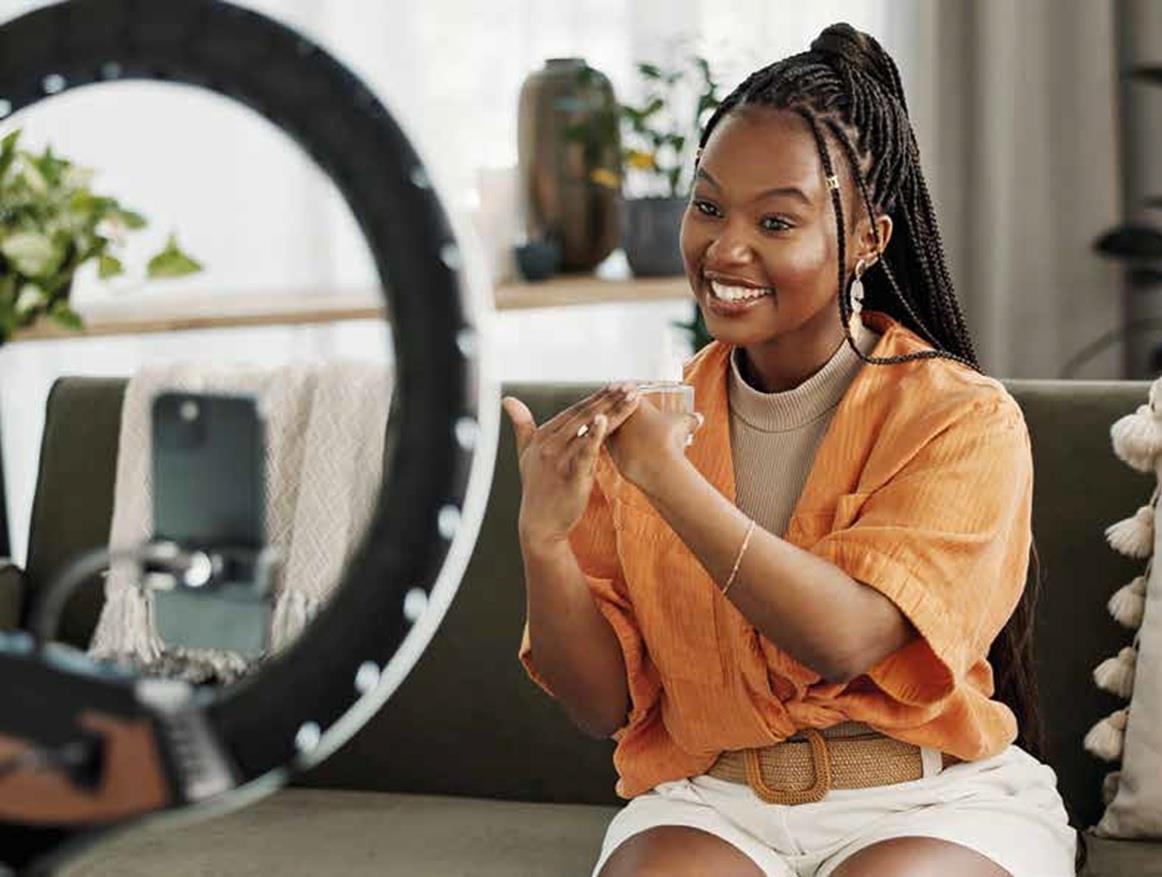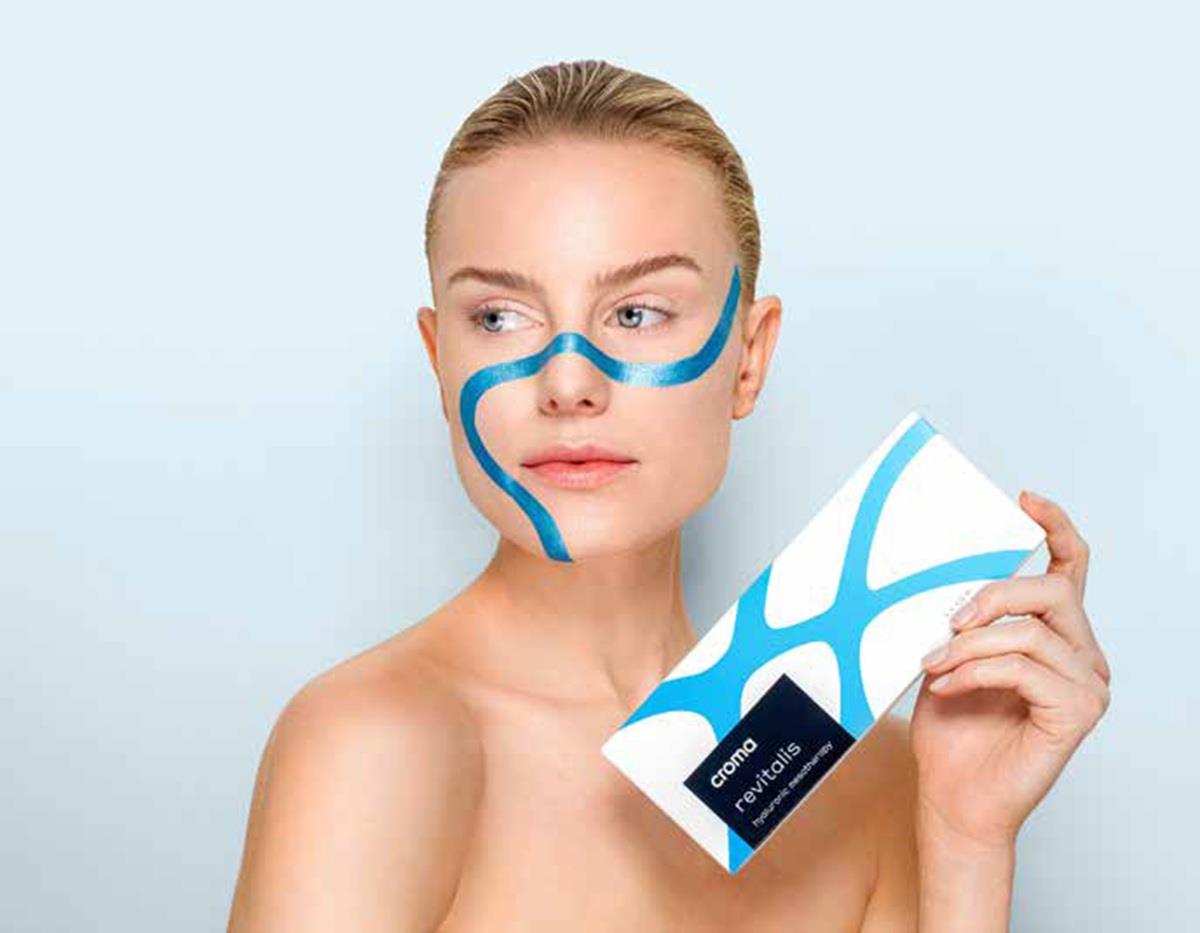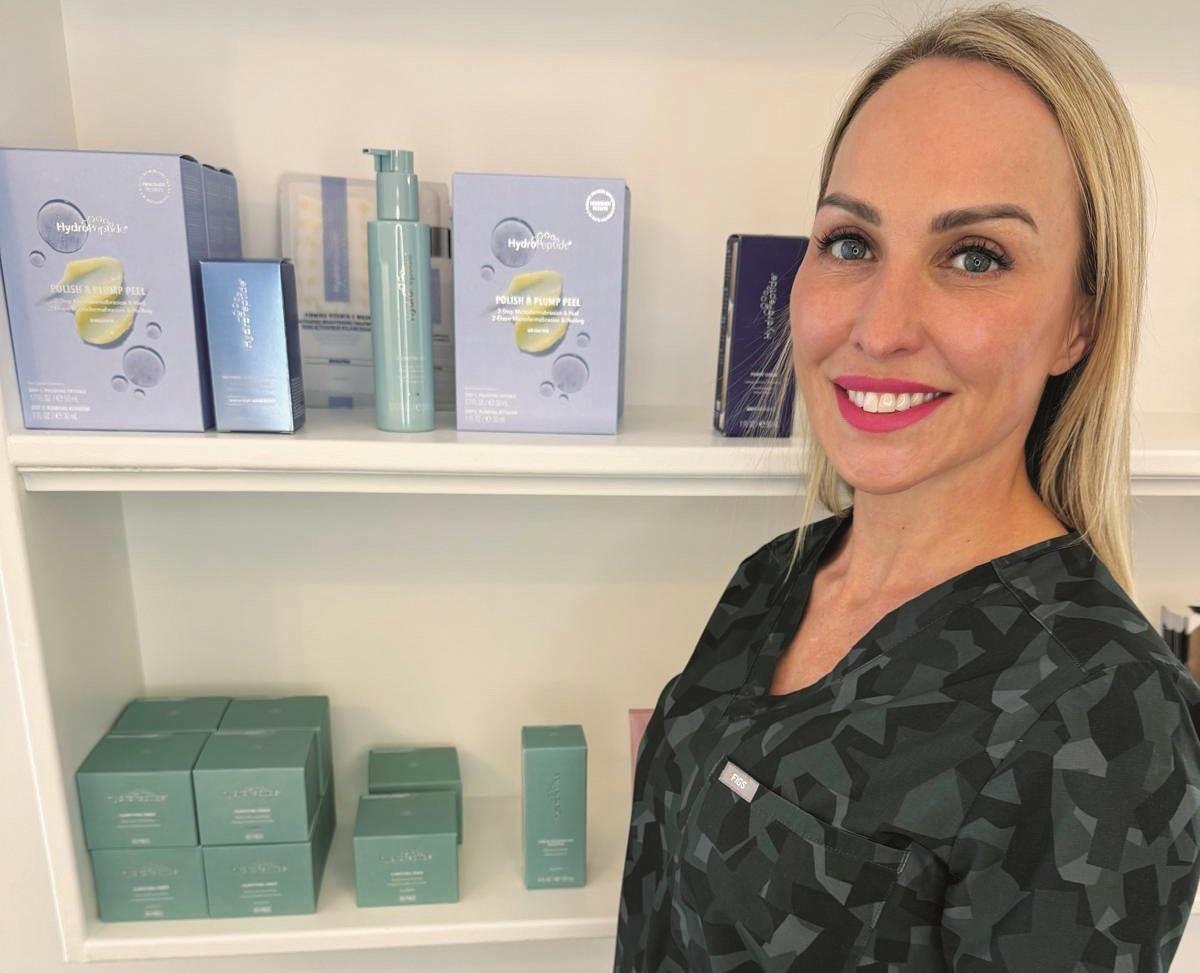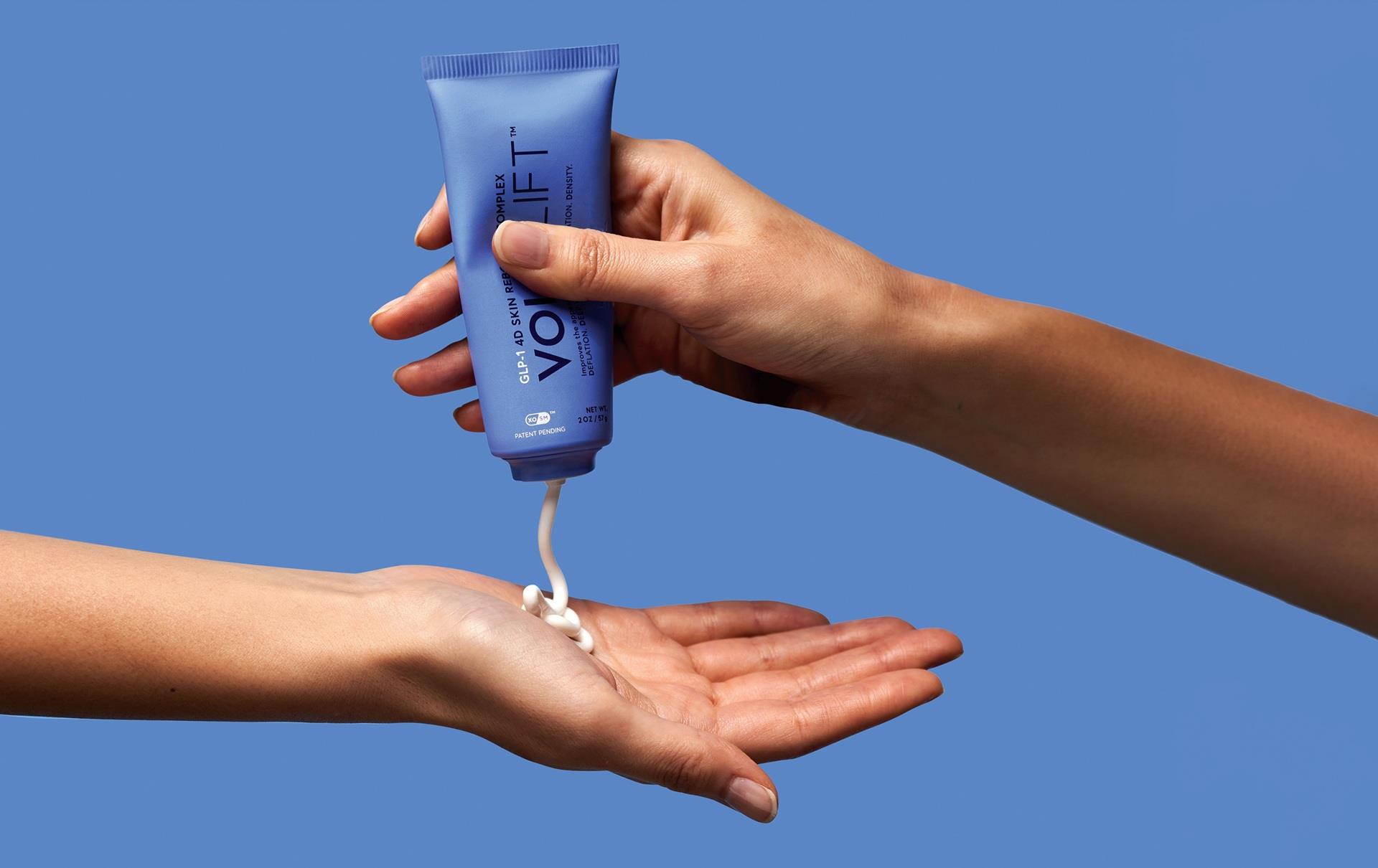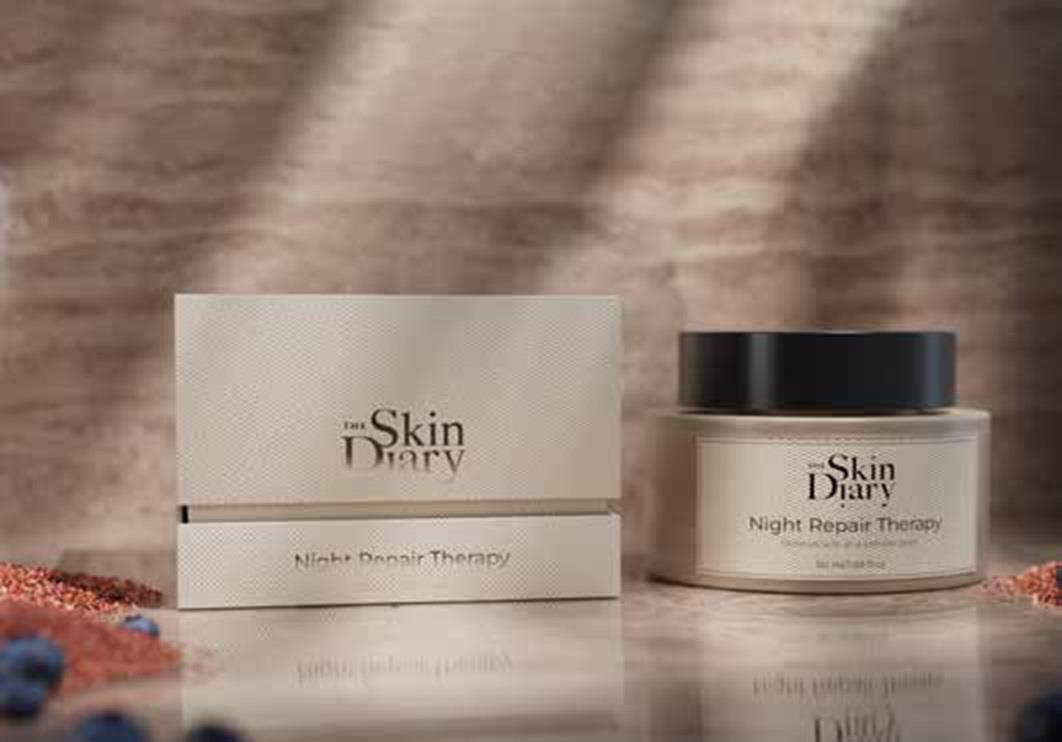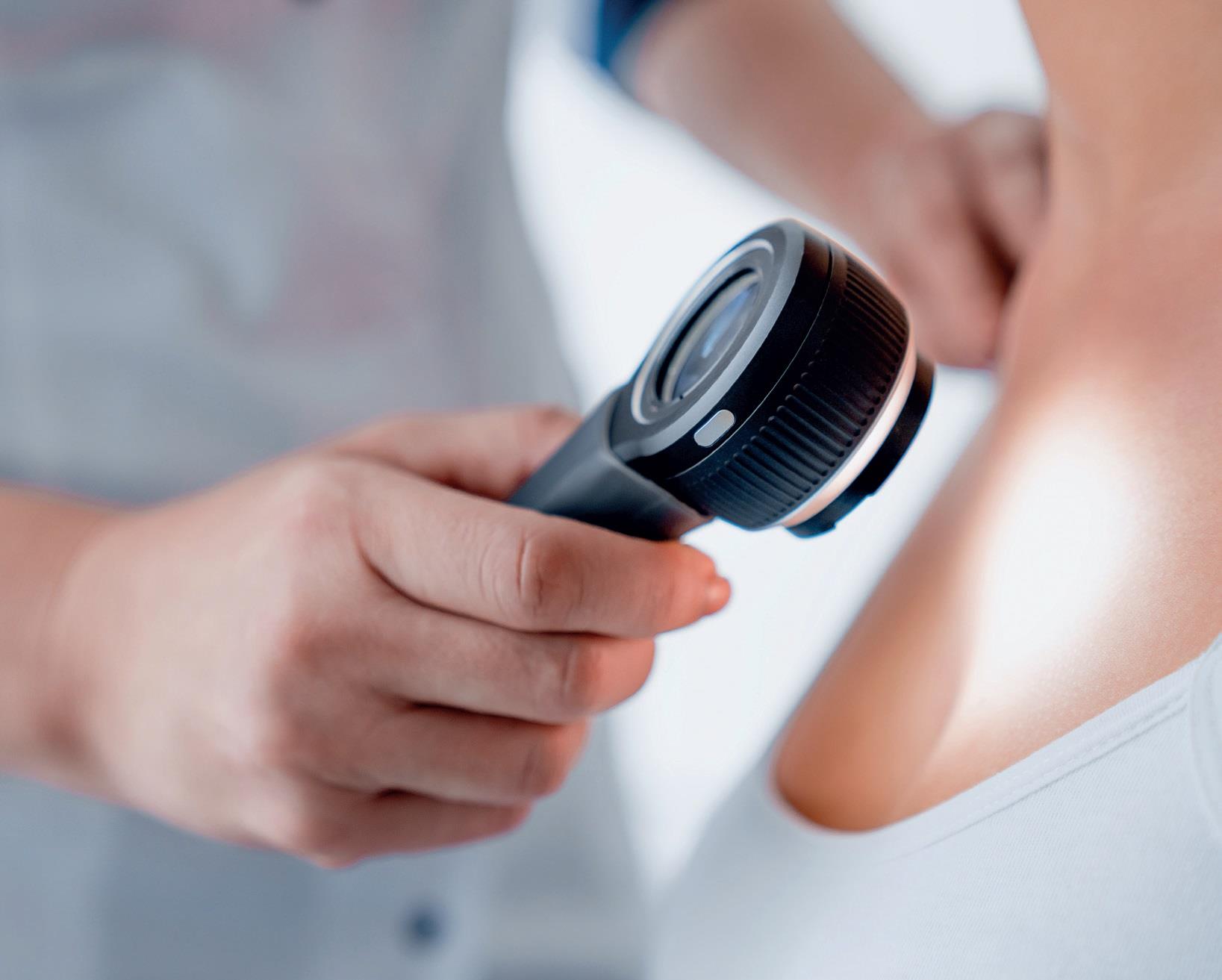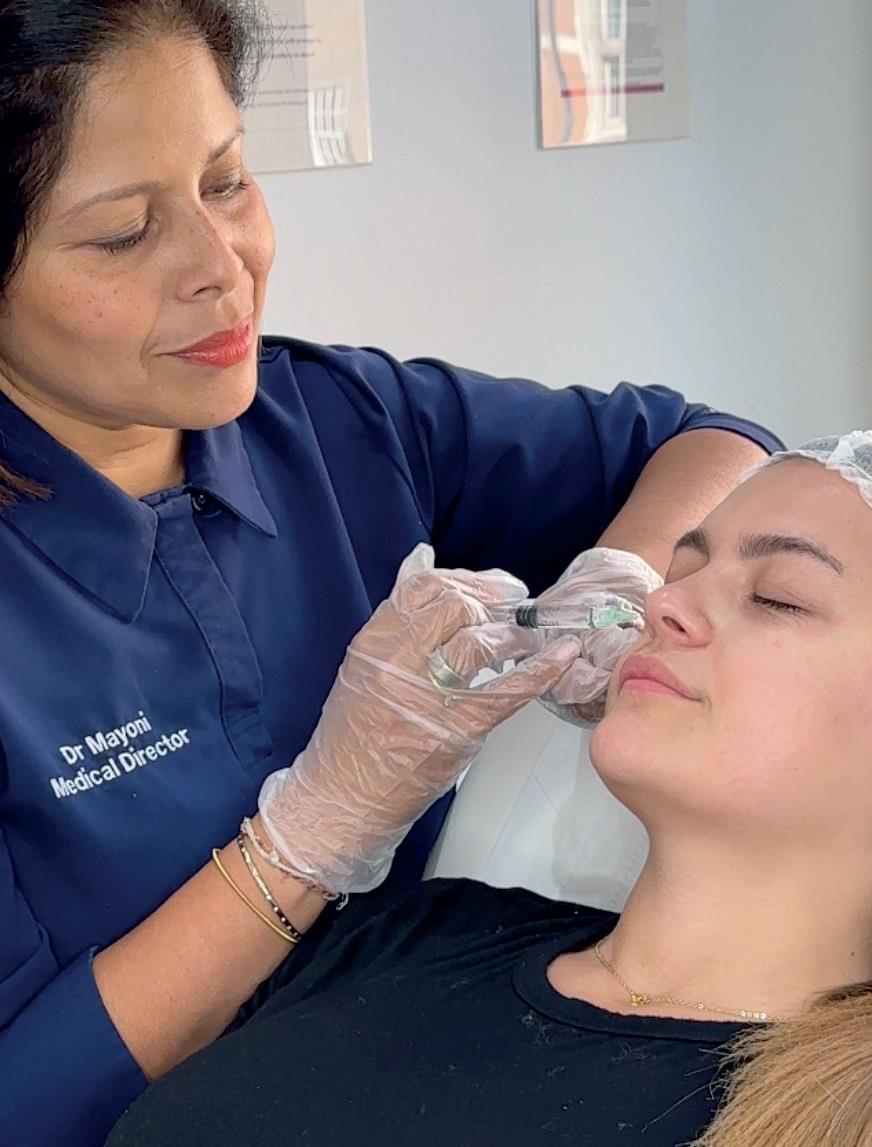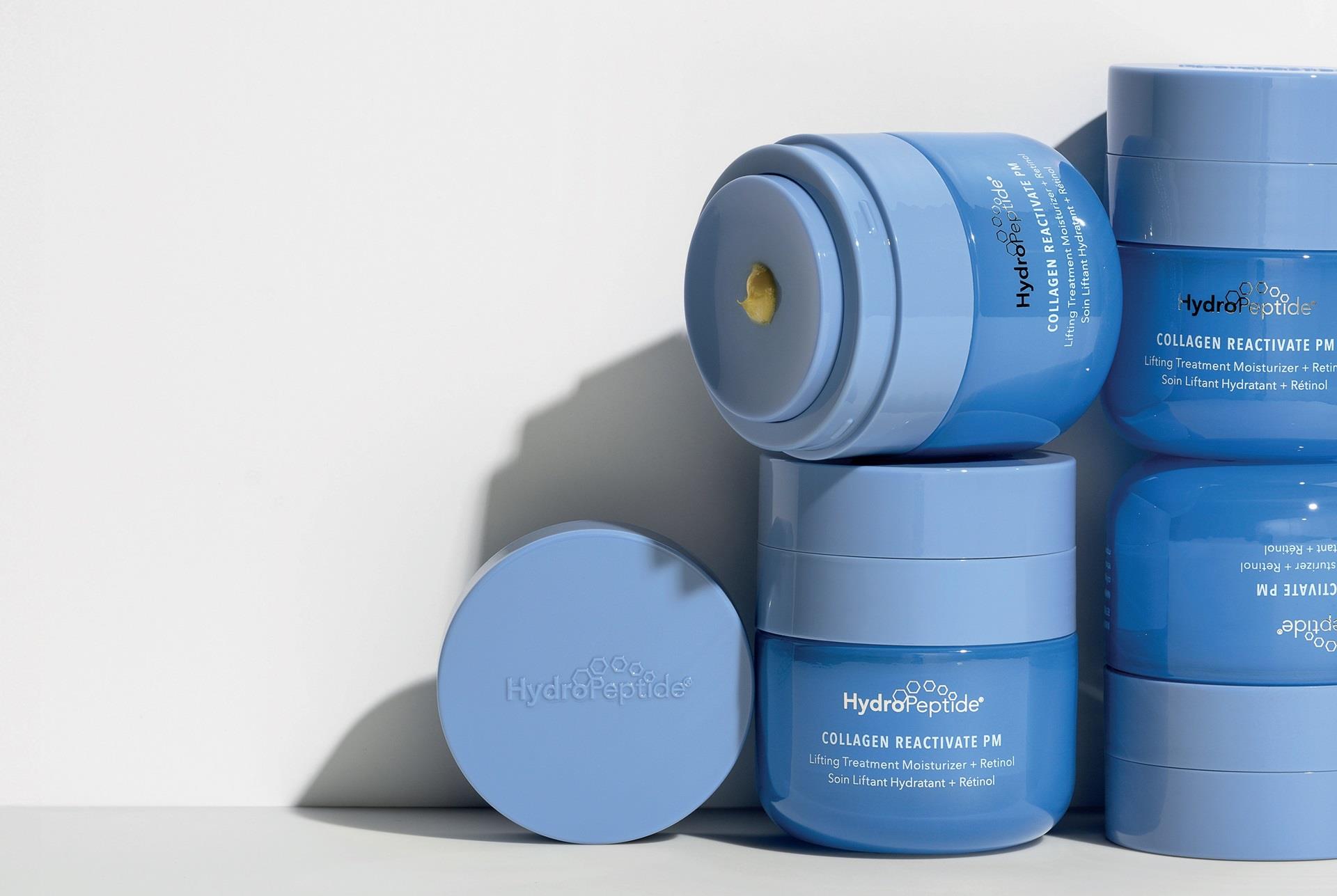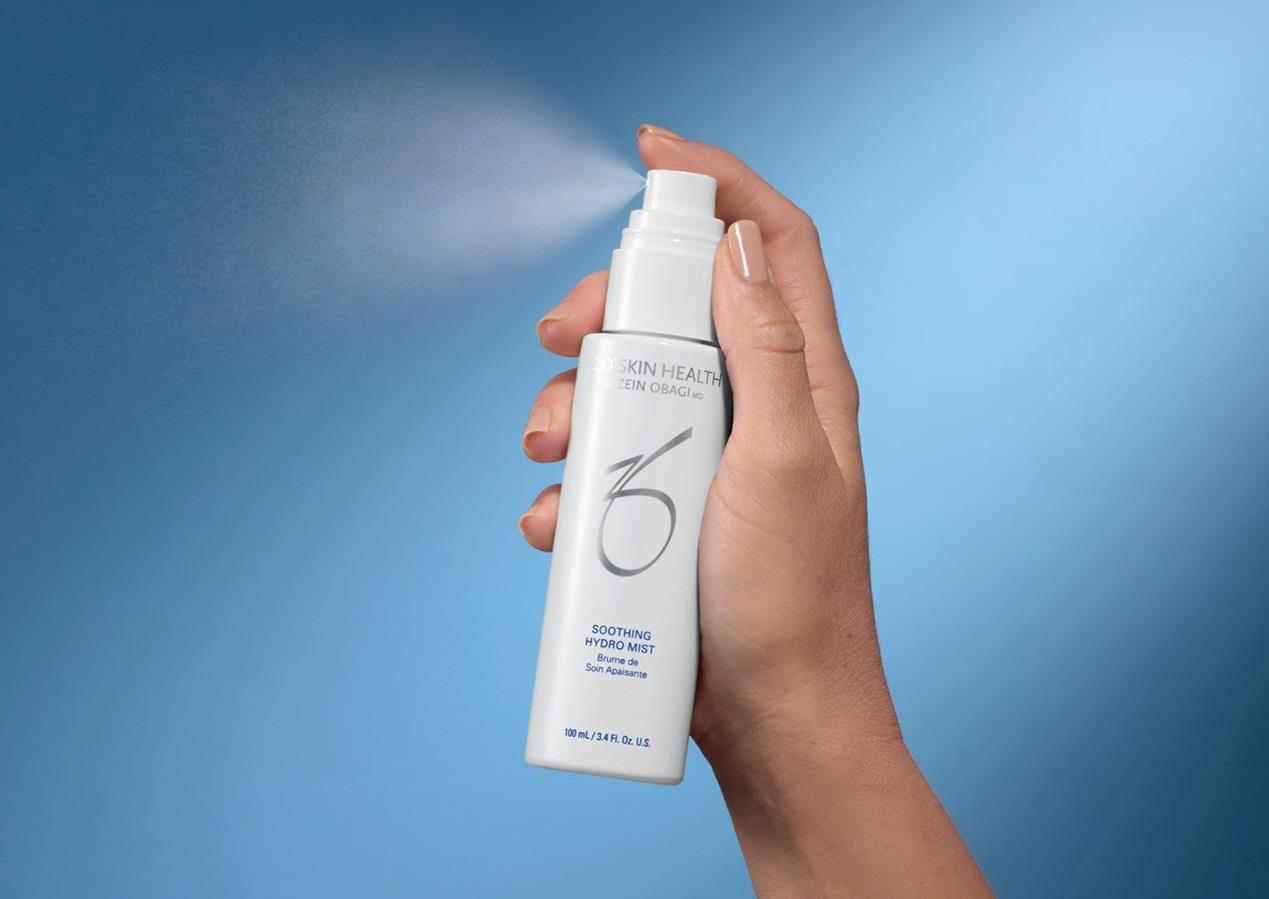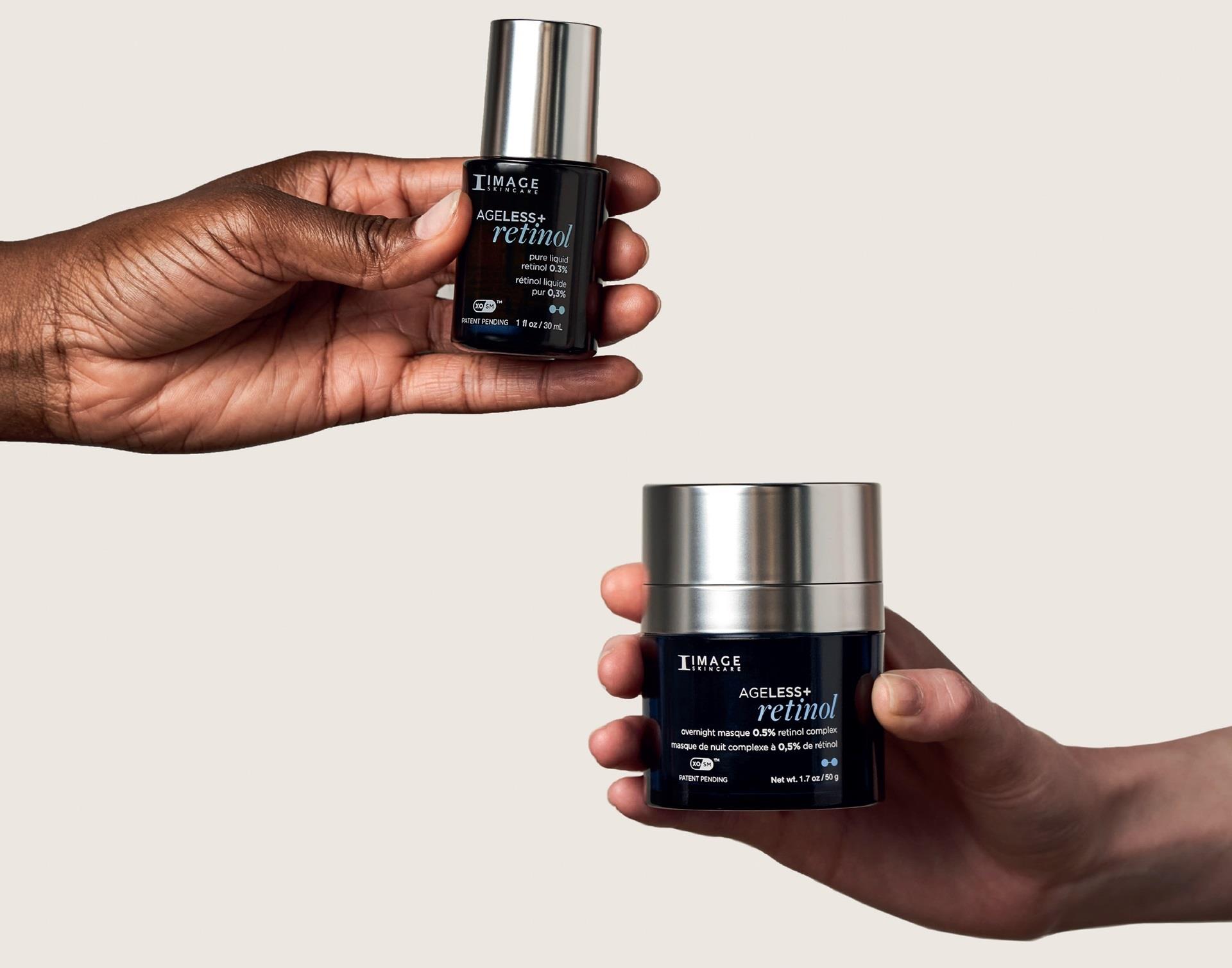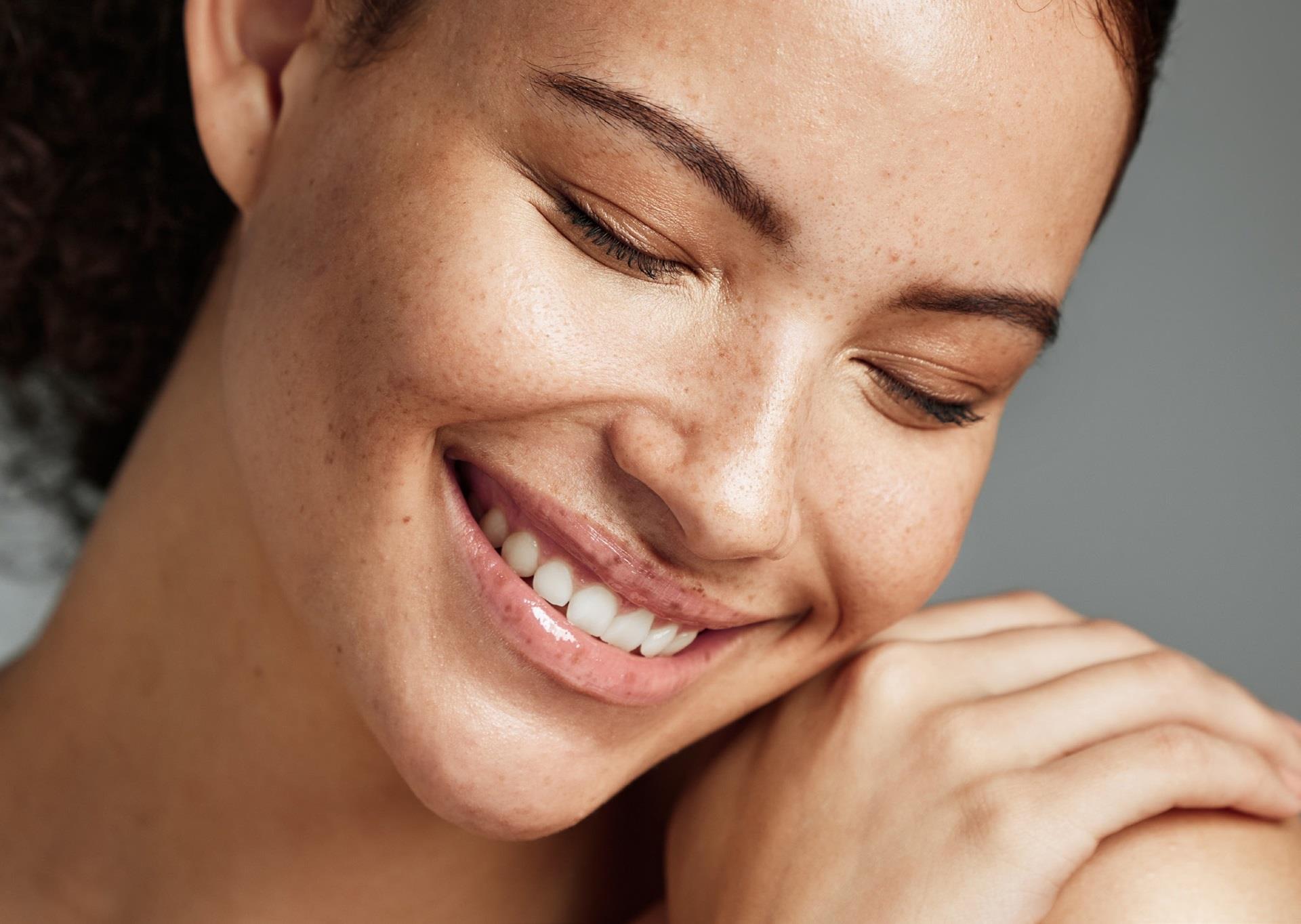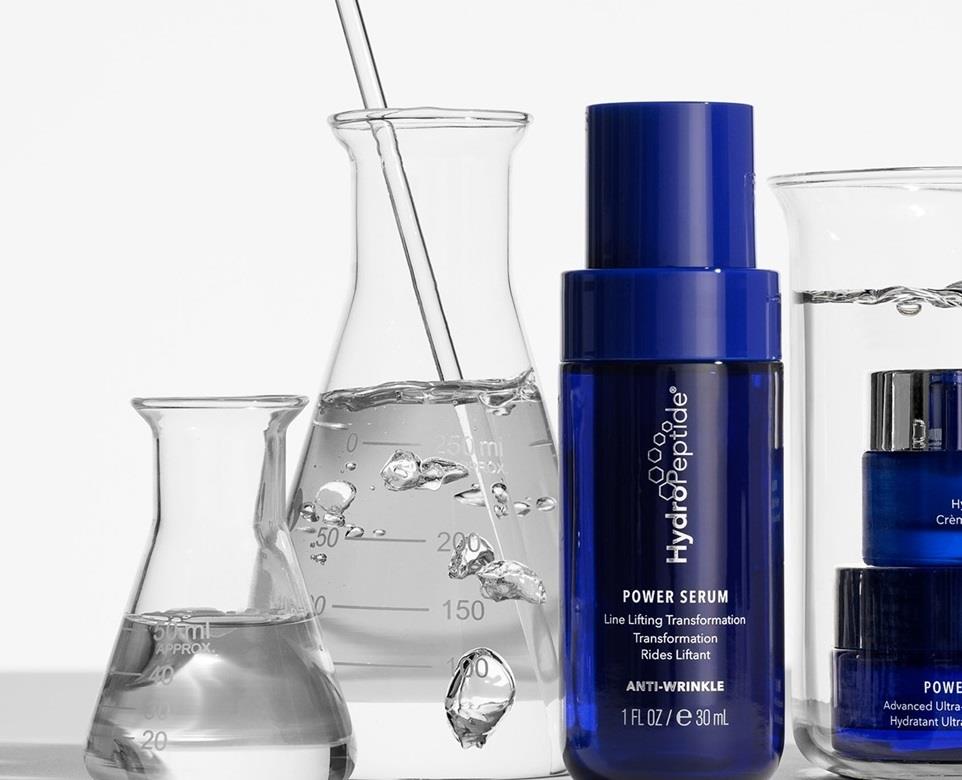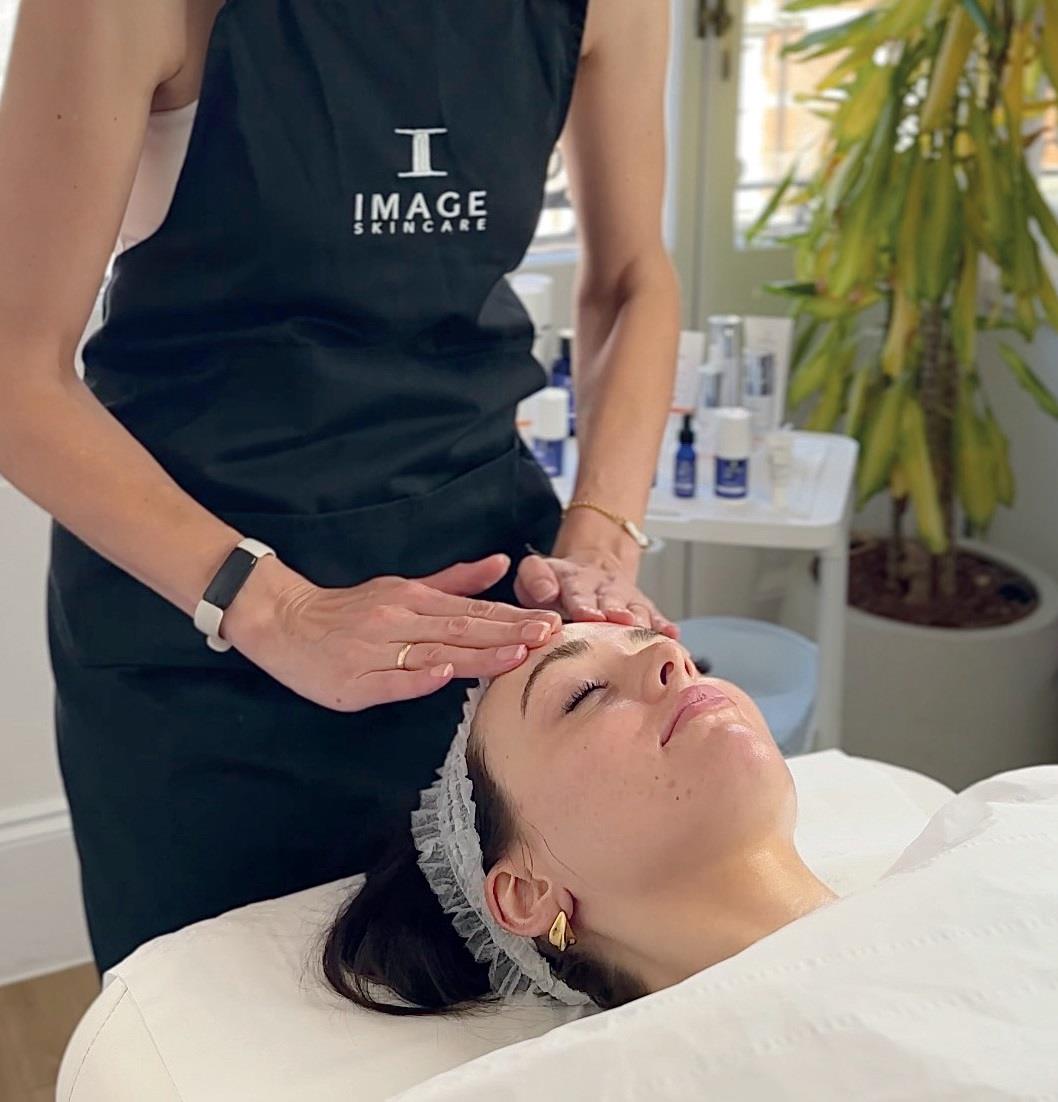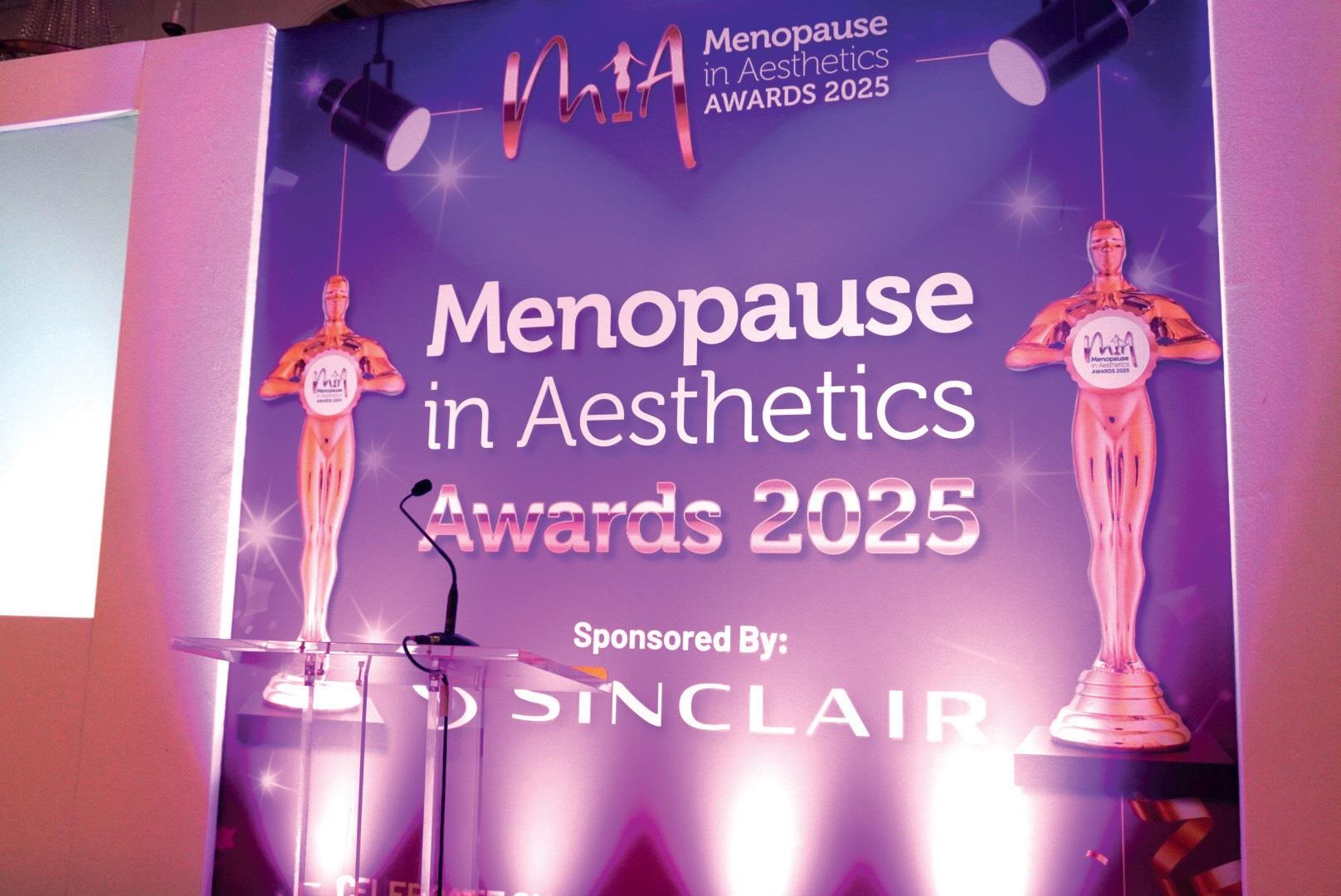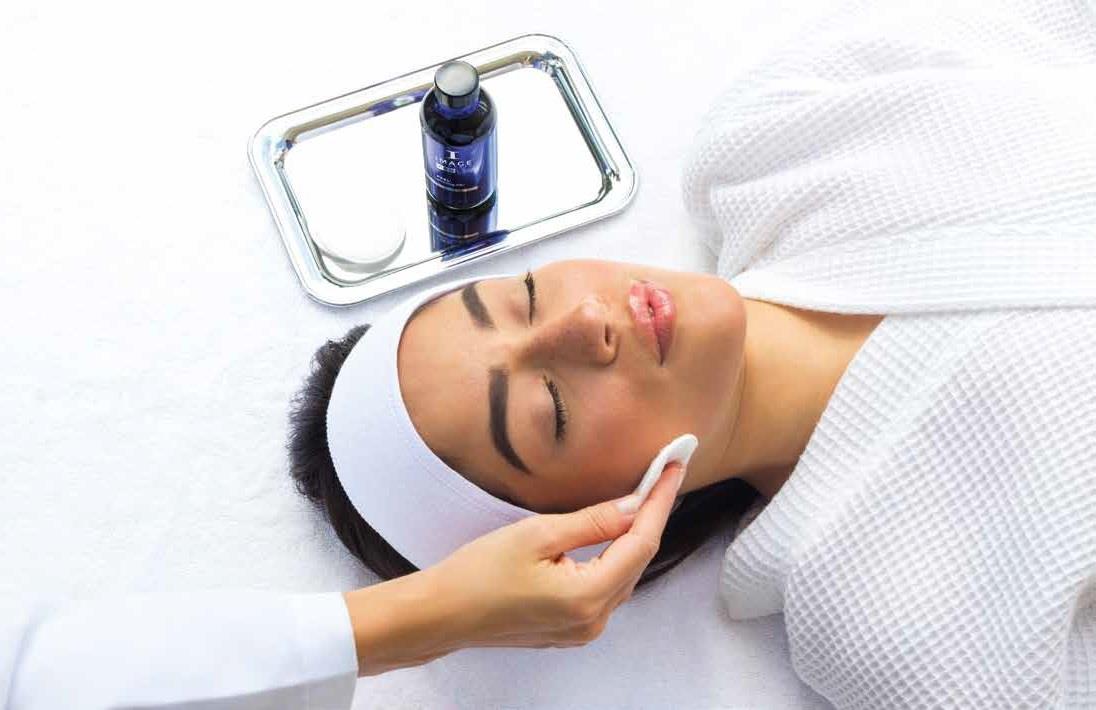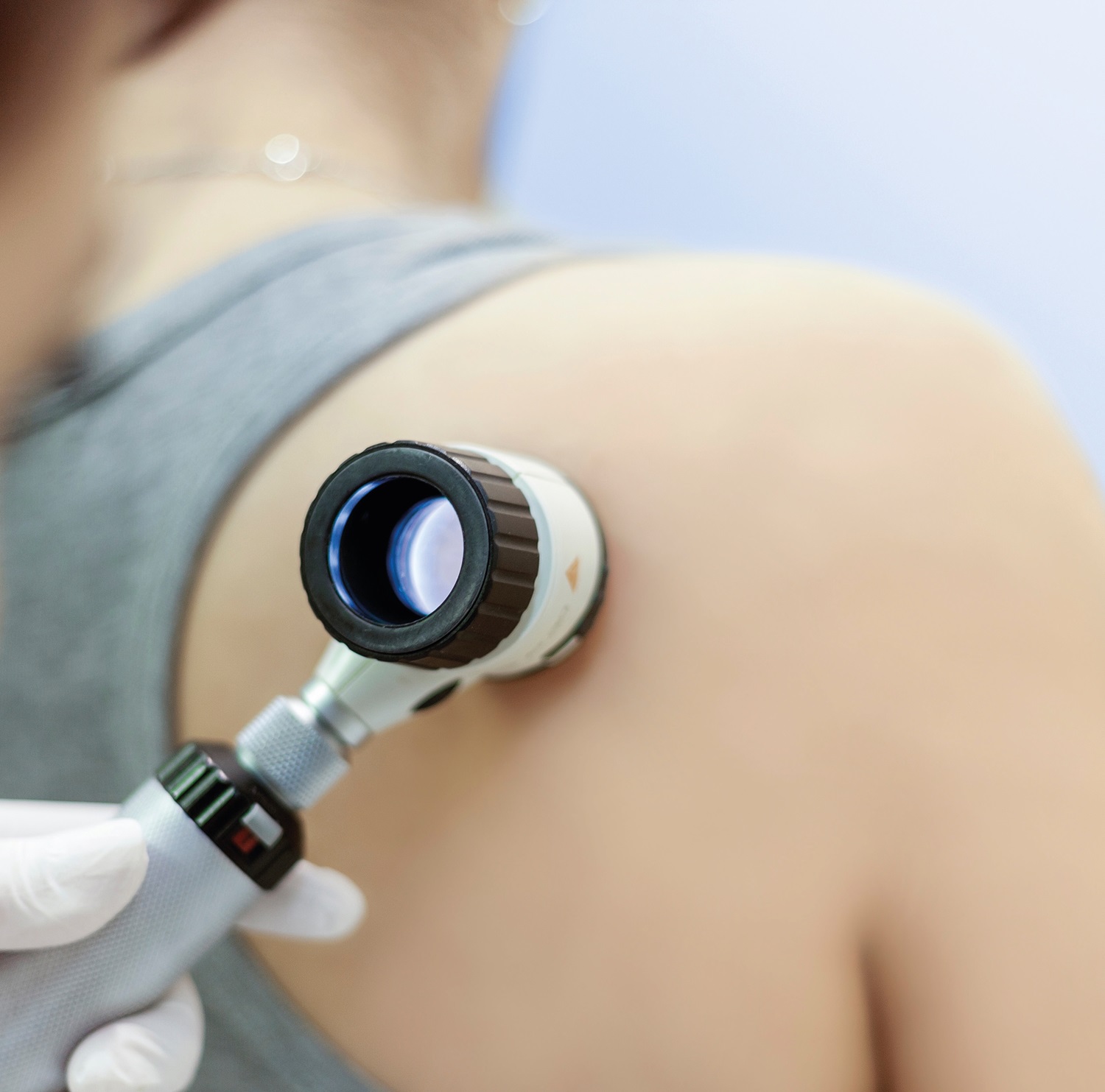
Dermoscopy refers to non-invasive, nonpainful examination of the skin with the use of dermotoscope. Dermoscopy is used to examine the skin, hair and nails. Modern dermotoscopes are easier to handle, use magnification and allow you to switch between polarised or non-polarised light to provide a detailed view of the outer layer of the skin, which is not possible with the naked eye. Robust research data shows that dermatoscopic examination is an accurate diagnostic tool in differentiating benign skin lesions from non-benign. Additionally, modern technology also enables us to take and save dermatoscopic images in the medical notes for further examination, records or to send onwards for an expert opinion.
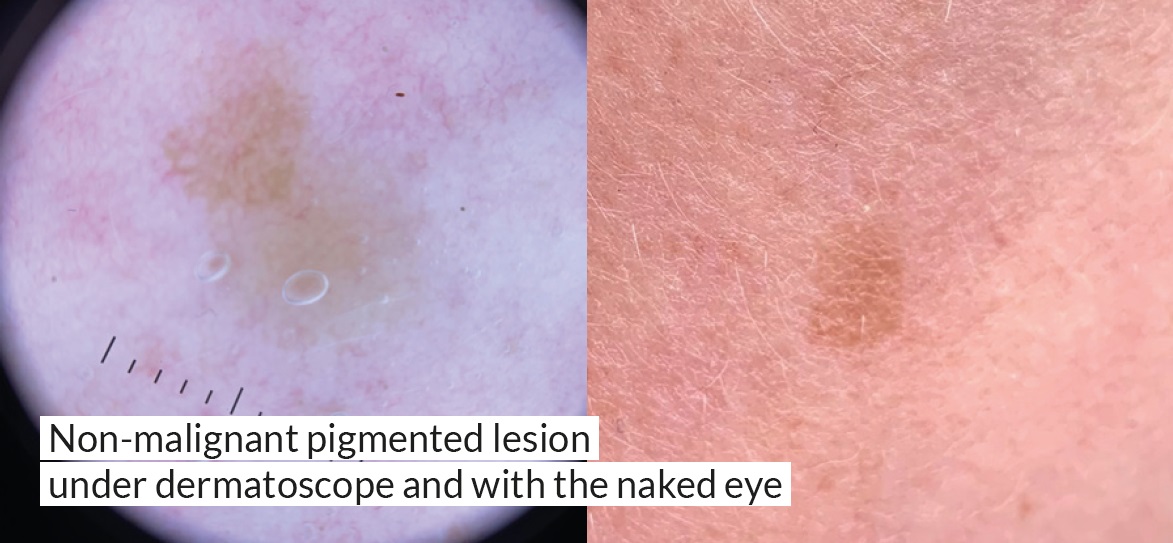
Day-to-day aesthetic practice increasingly overlaps with dermatology therefore the term aesthetic dermatology is now increasingly used. Many conditions such as rosacea, melasma, photoageing, seborrheic dermatitis, scarring, many types of alopecia, telangiectasia and other skin lesions are now routinely treated and removed in aesthetic practices. All these conditions are characterised by unique dermatoscopic findings. Being able to recognise these finding during simple dermatoscopic skin examination enables enhanced decision making and can clarify skin management plans. Images can be shown to the patients and documented in notes, enhancing patient confidence, shared decision making and monitoring of treatment progress.
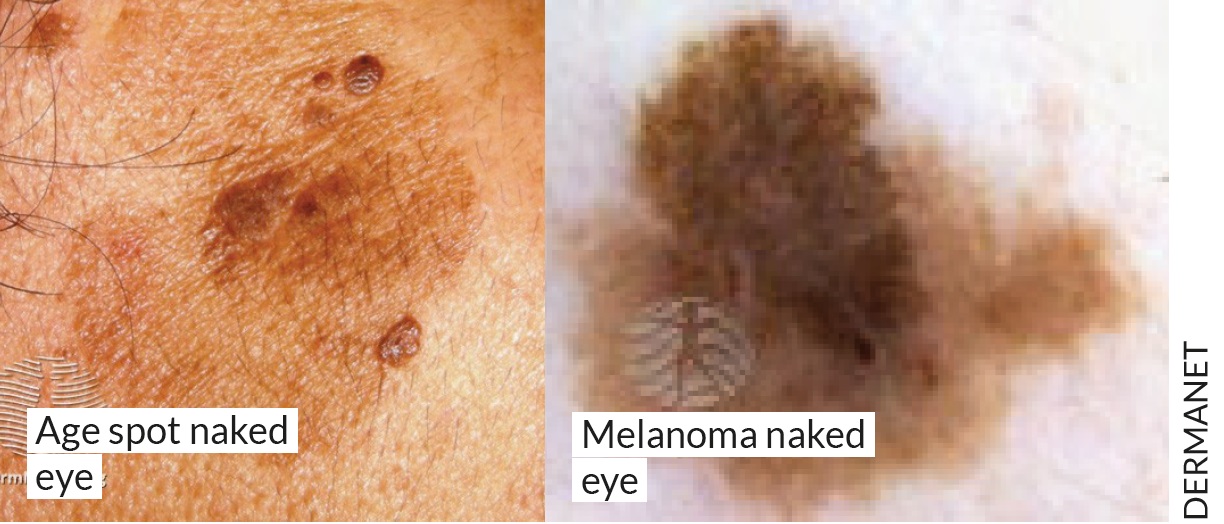
Advances in technology also permit in-office removal of many skin lesions. It is crucial for the practitioner to differentiate between malignant and benign lesions before the removal process. Recognising a malignant lesion with the naked eye can be challenging even for an experienced dermatologist. Making an accurate diagnosis is outside the scope of aesthetic practice. However, it is necessary for the aesthetic practitioner to clearly differentiate between completely benign skin lesions which are safe to remove or treat and those not suitable for removal/treatment within aesthetic practices and require an appropriate level of care. This can be safely achieved with the use of the dermatoscope.
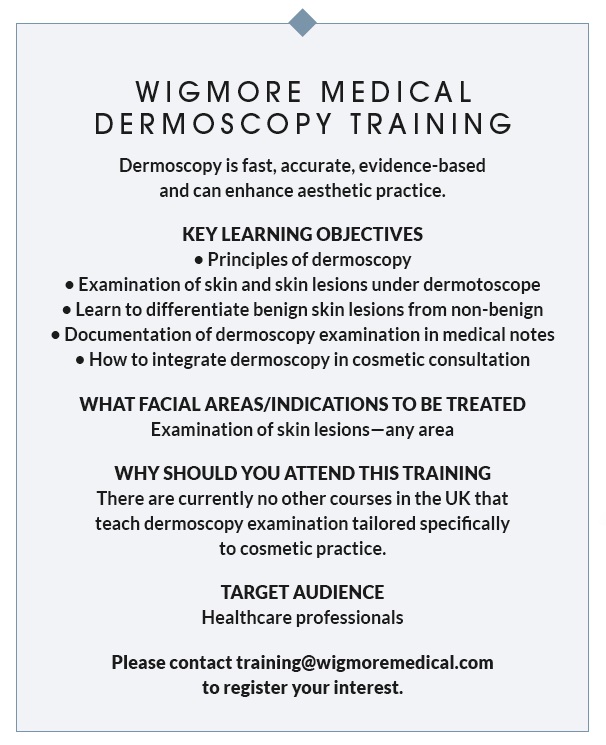
Additionally, medical documentation is becoming increasingly important in aesthetic practice. Once a lesion is removed, it is practically impossible to confirm whether the lesion was what you thought it was. Many skin conditions and skin lesions cannot be diagnosed or monitored with the naked eye, in comparison to dermoscopy which is a standardised tool, providing clear images suitable for re-examination and a second opinion. There is clear evidence that dermoscopy is fast, accurate, evidence-based and should become an integrated part of aesthetic practice.
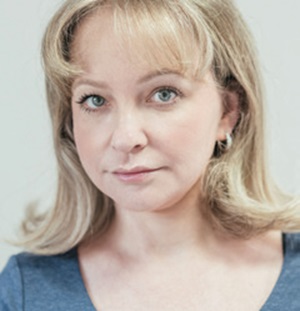
Dr Tatyana Lapa-Enright is an experienced doctor and founder of Hardwick Medical Clinic, Cambridge. She trained at Norwich Medical School and her areas of expertise are in aesthetic dermatology for the treatment of skin imperfections and signs of ageing. She is a skilled and experienced injector known for delivering bespoke patient care with natural results.
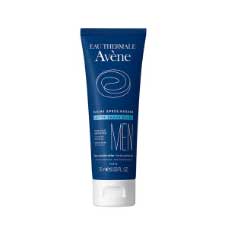
 Added to basket
Added to basket

 Unapplied Changes
Unapplied Changes


